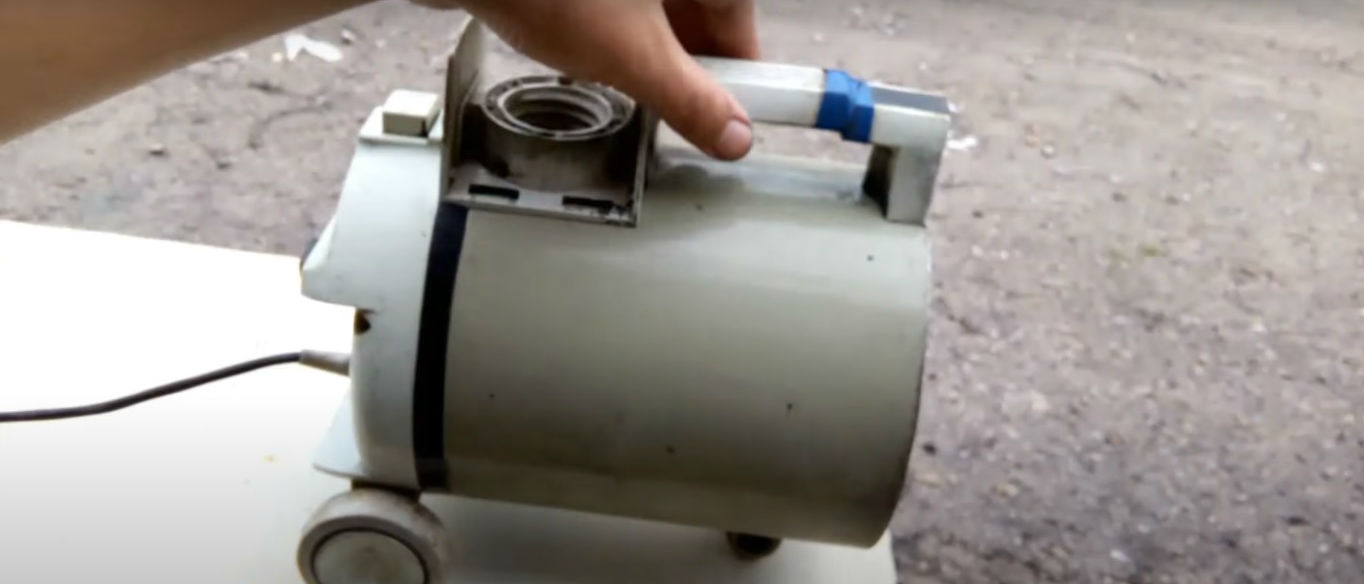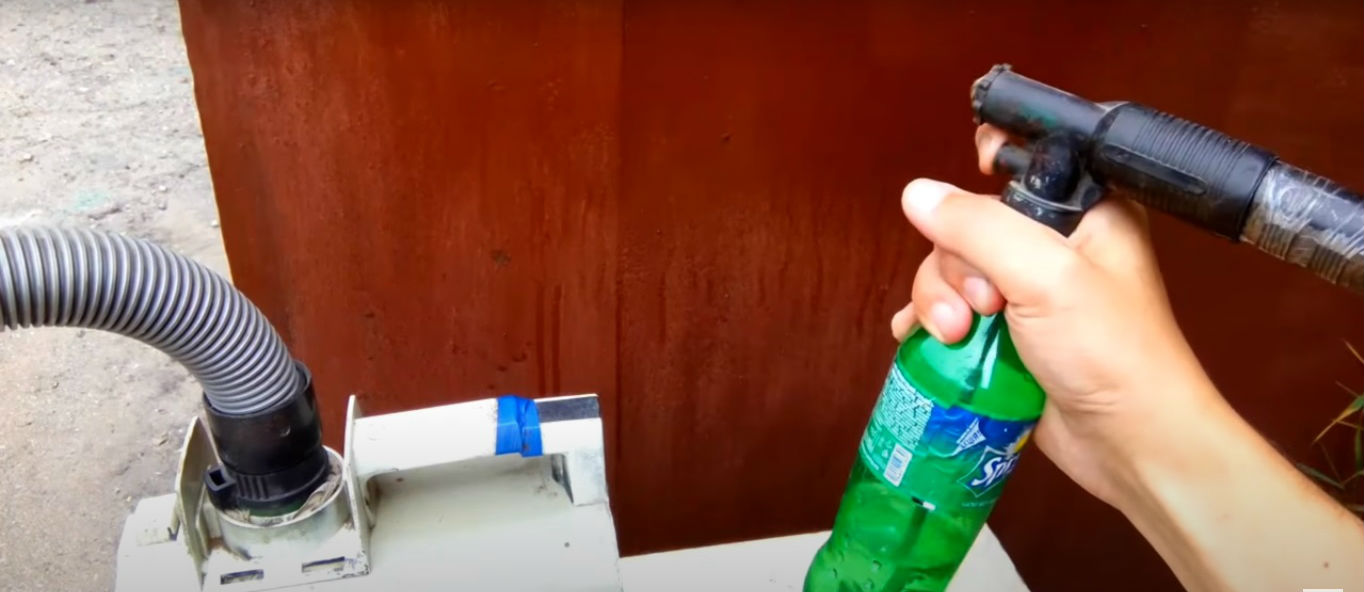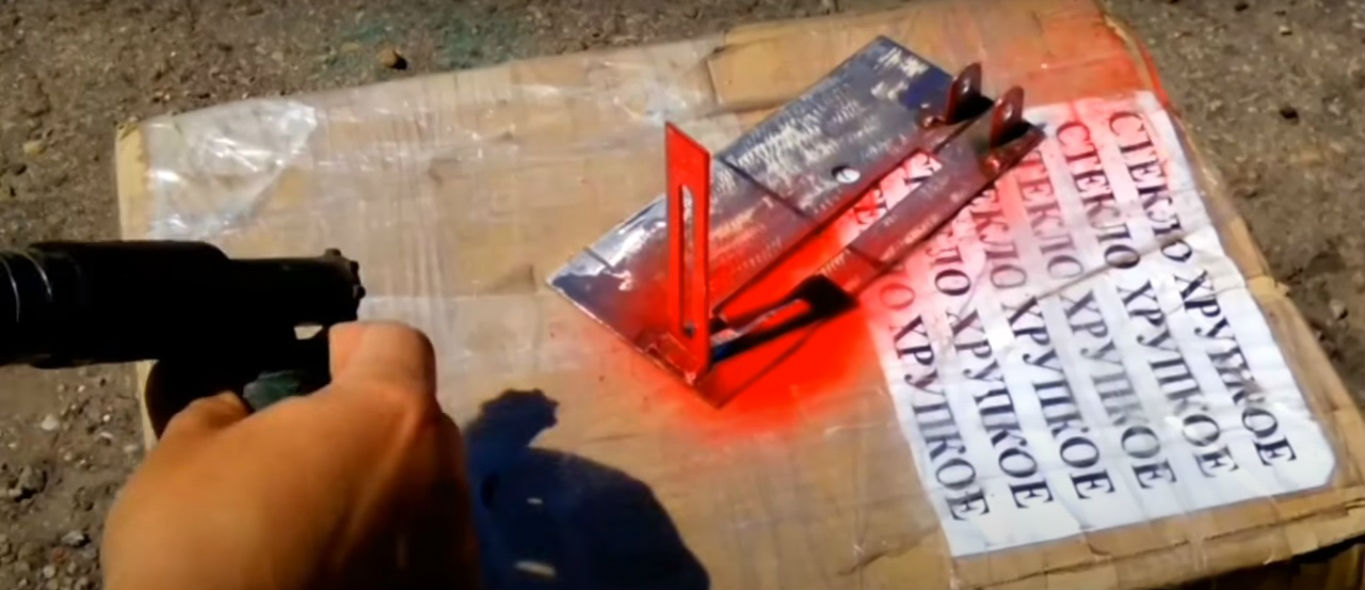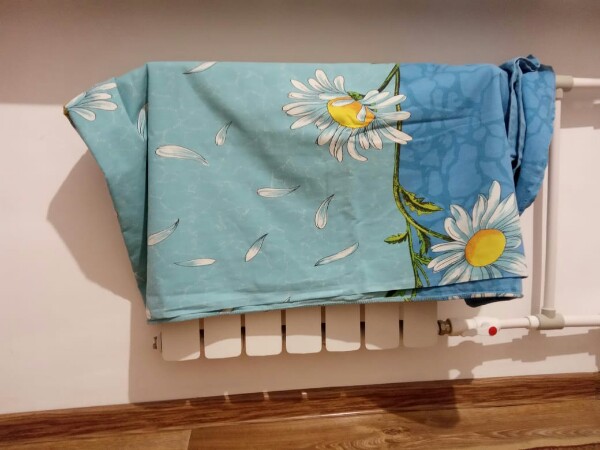DIY spray gun from a vacuum cleaner
If the area of the surface to be painted is large enough and you don’t want to wave a brush or roller, you usually use a spray gun. With a small caveat - if there is one. Buying a compressor and a paint gun will cost a pretty penny. A compressor (even with a 24-liter receiver) cannot cost less than three thousand Russian rubles, plus a more or less normal pistol - another couple of thousand. Plus a couple of meters of hose. Is it possible to save money? Even necessary. Now I’ll tell you how to do this.

The content of the article
The principle of operation of the spray gun
The invention itself is not new. — The first prototypes of the device appeared back in the 19th century. The operation of the spray gun is based on the fact that the paint and varnish mixture is supplied to the surface to be painted along with compressed air escaping from the nozzle under pressure.
Typically, a compressor connected to a receiver cylinder is used to pump air. It is equipped with an automatic switch to turn off when a certain level of air pressure in the cylinder is reached. For safety of use, the system is equipped with an emergency bleed valve.
From the receiver, through a pressure reducer, air is supplied to the spray gun, which, as a rule, has regulators for the air supply and mixture, and also, depending on the model, the width of the torch.
And what does a vacuum cleaner have to do with it?
Indeed, what relation can it have to a compressor and a spray gun? And here's what - some models of vacuum cleaners are equipped with a hole for blowing air. These are the old Soviet vacuum cleaners — «Rocket», «Pioneer», «Gull», or «Typhoon». On foreign analogues this function is less common. Due to the blown air, you can provide a fairly tolerable replacement for the compressor. The device is not suitable for professional work, nor is it suitable for high-pressure guns. But even such a weak air pressure will completely squeeze out the liquid mixture.
Execution options
We will divide this device into two classes — with and without receiver.
Without receiver
For our purposes, it is necessary to make something like an adapter between the hose from the vacuum cleaner and the one that will supply air to the gun. The connection should be as tight as possible to reduce output losses. This can be achieved by inserting the hose into the tube from the vacuum cleaner, and then sealing the hole with foam and wrapping the connection with tape. I advise you to seal the vacuum cleaner itself.

Attention! While working, let the vacuum cleaner rest, it is still not a compressor. After sealing, it may begin to heat up.
Design advantages:
- This is what I call “cheap and cheerful” — minimal economic costs. You can pick up an old Soviet vacuum cleaner for literally pennies. It's up to the hose and the gun.
- The relative ease of manufacturing the device. Even a not very handy friend will be able to assemble the above-described device.
Flaws:
- Some guns will not work properly at pressure as low as a vacuum cleaner. You'll have to look for a suitable model.
- The need for constant operation of the vacuum cleaner when painting.If you use a circuit without a receiver of sufficient capacity, when the power supply is turned off, the pressure in the system disappears immediately.
- Some paints and varnishes will not be able to be blown through the nozzle at such low air pressure. Exit — make them thinner with a solvent, but there is a limit to everything. For some paints and varnishes, if there is too much solvent, the chemical structure is destroyed. In addition, there is a risk of undermining the previous applied layers of varnish or paint.
We will not discuss the aesthetic side — We are not faced with the task of getting a branded product with a cool design.
Option with receiver
Suppose there was a compressor available, but for some reason it died out for a long time. The receiver can be used for its intended purpose by connecting a vacuum cleaner to it. This is a little more difficult than in the previous case, but it's worth it. A 24-liter branded container is quite suitable for such purposes. Main — make sure that the emergency valve on this container is present and in working order.

Using a homemade adapter from a vacuum cleaner, we supply air to the nipple on the receiver. Then we connect the hose with the gun to the cylinder through the reducer.
The inconvenience is that from time to time you will have to manually turn off the vacuum cleaner after enough air has filled the cylinder. It is worth thinking about a relay that will operate and turn off the vacuum cleaner, like the one found on factory compressors.
Advantages:
- the ability to use sufficiently high pressure guns;
- the restriction to the working mixture liquid is removed;
- If there is an automation, the vacuum cleaner will work intermittently.
Flaws:
- the cost of the device increases almost to the level of a factory compressor if you don’t have an old receiver at hand;
- the remodeling process is quite labor-intensive;
- danger of use when the emergency valve on the receiver is not working or is missing;
- It is periodically necessary to drain the condensate that forms from the receiver.
Summarizing: a vacuum cleaner cannot be a complete replacement for a good factory compressor. This is only a temporary measure when you need to paint, but the compressor is out of order, or when it is not practical to buy one.






At one time they produced a similar product for this purpose, there is such an exhibit. I think that now any pump for inflating tires is more suitable for this purpose, there is less noise and more pressure, and a vacuum cleaner will serve better..